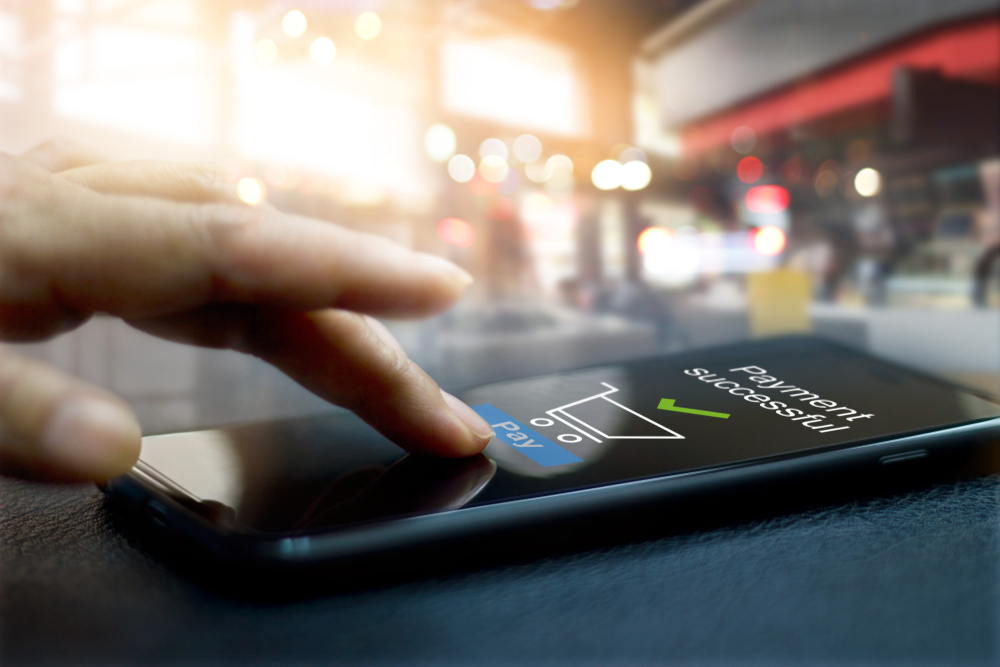Speaking to Payment Expert, Jumaane Hutchinson, Head of Products at Judopay emphasised the potential of QR codes and how they can evolve transactions and payment tech.
Payment Expert: Firstly, can you tell us a little more about Judopay and how you have adapted to the pandemic?
Jumaane Hutchinson: Over the last 12 months, the pandemic has vastly transformed our everyday lives. And, whilst the nation-wide vaccine rollout provides hope of a brighter future, at Judopay we’ve been preparing for the long-lasting ripple effects that are to come.
As a society we’ve become so accustomed to things like social distancing, minimising our use of cash and online shopping. People have also become more acclimatised to making contactless payments – so much so that in 2020, nine-in-ten of all UK in-store card payments were made using a contactless payment method.
This has been a largely positive change as businesses have been able to reduce touchpoints during the payment process – such as the exchange of cash or the handling of PIN-pads – to help stem the spread of the virus. This trend will no doubt continue, particularly with the government’s recent announcement that the contactless spending limit will be raised to £100, making even more transactions eligible for contactless payments.
During this time, Judopay has been developing and catering solutions to merchants looking to address these changes in consumer behaviour. The need for payment methods that enable in-store social distancing, as businesses begin to reopen shops, has prompted us to take contactless payments to the next level, with contactless payments at a distance.
PE: In terms of QR Codes and JudoAccept, how can they help firms adapt to the new normal?
JH: We achieved our goal to help businesses accept touch-free and socially distanced payments through our launch of JudoAccept. The solution does this using QR code payments. It enables a staff member to display a QR code on their own tablet or smartphone, which is then scanned by the customer using the camera on their own phone, instigating the payment. The solution works with a wide range of built-in alternative payment methods including Apple Pay, Google Pay, Klarna, PayPal and more.
This is helping merchants enforce social distancing measures where it otherwise wouldn’t have been possible. For example, previously in restaurants, staff members would bring a card terminal to the table, customers would approach checkouts and generally get much closer to staff than outlined in government guidelines. This solution removes that pain point, creating a much safer environment for staff and customers.
PE: Can these types of payments be adapted across various channels?
JH: Being able to provide payment methods across multiple channels is now more important than ever. Lockdowns and store closures have forced people to shop for non-essential items online. This has meant that demographics that previously weren’t comfortable adopting an online lifestyle are now much happier shopping for goods and services using the internet.
As such, in the new normal, ecommerce sales will remain highly important as many consumers who didn’t previously, will continue to shop online.
JudoAccept allows businesses to benefit from a unified commerce solution, marrying both their offline and online data without the need for multiple payment platforms. This further helps to reduce costs and complications involved in investing in multiple solution providers for different platforms.
PE: Are you able to detail more about the importance of low-cost payment methods to the economic recovery following the pandemic?
JH: Although many businesses have benefited from the rise of contactless and online payments born out of COVID-19, it’s apparent that many small to medium businesses have struggled to survive during the pandemic. It’s now highly important to focus on driving sales and increasing footfall when helping businesses keep their doors open. Merchants have had to both adapt to the pandemic and the closure of stores due to lockdowns, as well as prepare for the recession that has hit.
Yet, we know that changing payments systems is time consuming, expensive and resource-draining – on top of which, staff have to learn how to work any new devices. So, while companies face pandemic related hurdles, payments service providers must ensure that the payment methods they provide are affordable and easy to use.
PE: What is the integration process like for JudoAccept?
JH: One of the reasons we’ve built JudoAccept the way it is, is because it requires zero integration work. Its quick and easy set up means merchants simply log in to their account via a web browser on their phone to start accepting payments. Or for those looking to fully integrate the product into their own systems, JudoAccept can be used via an API, enabling merchants to incorporate payment QR codes into their existing solutions.
This removes much of the costs and resources needed to set up a new payments system, enabling businesses to bounce back from the pandemic with the right payment methods and in an affordable manner.























